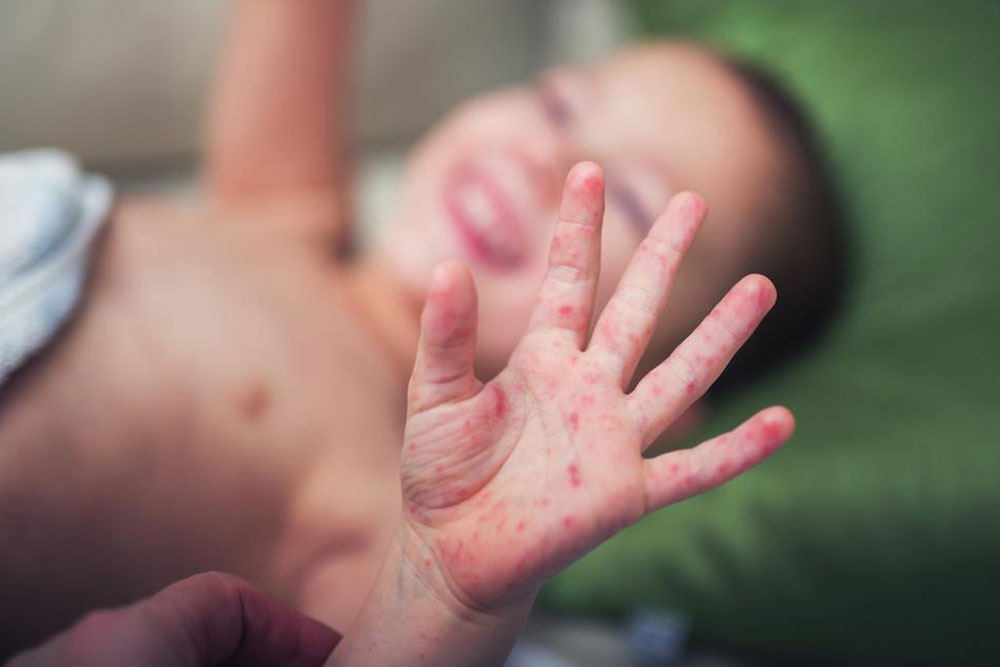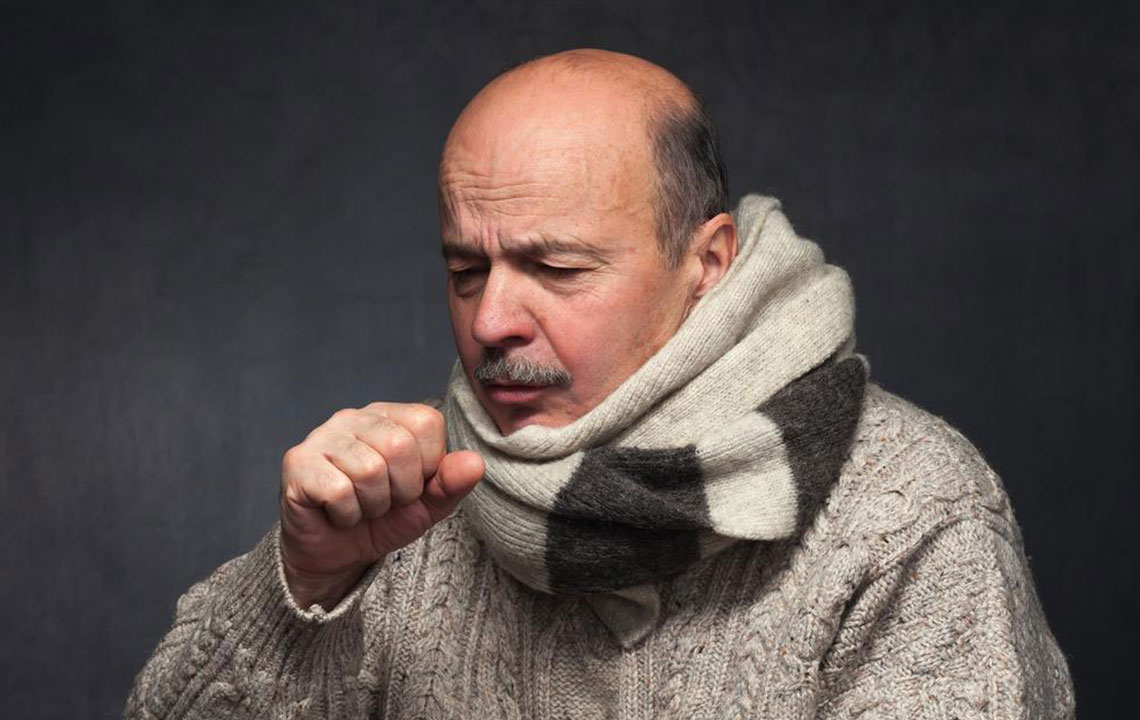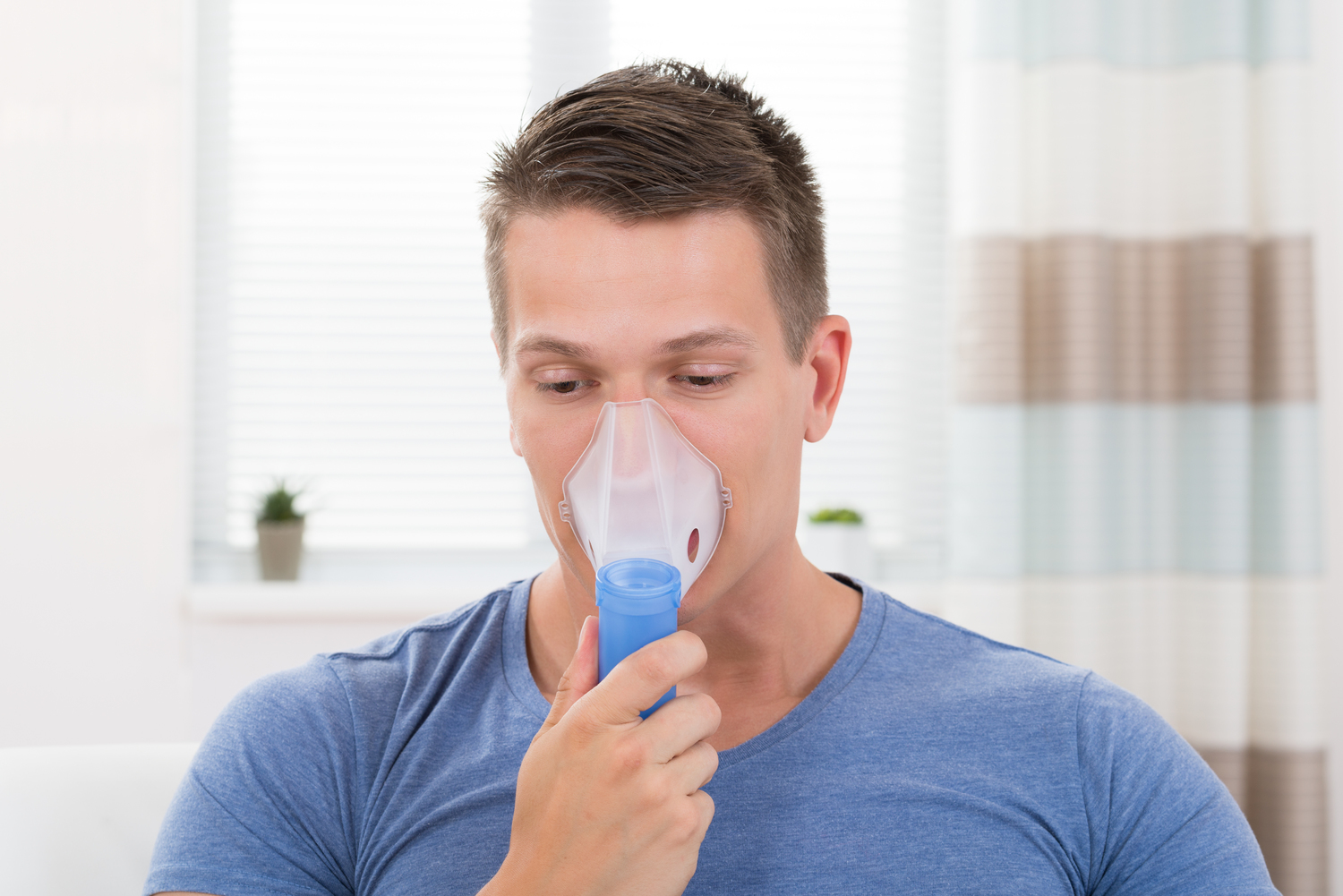Understanding Hand-Foot-and-Mouth Disease: Causes and Symptoms
Explore the causes and symptoms of hand-foot-and-mouth disease, a contagious illness affecting children and adults. Learn how the virus spreads, recognize early signs like fever, blisters, and sore throat, and understand treatment options. Stay informed to prevent and manage this common condition effectively.

Overview of Hand-Foot-and-Mouth Disease: Causes and Signs
What Leads to Hand-Foot-and-Mouth Disease?
It is primarily caused by the coxsackievirus A16, a non-polio enterovirus. Transmission occurs when an individual comes into contact with an infected person, especially through coughing or sneezing, making it highly contagious. The virus spreads easily in close-contact settings, especially among children.
Recognizing the Signs of Hand-Foot-and-Mouth Disease
The disease typically begins with symptoms such as fever, sore throat, and the appearance of red blisters on the hands, feet, mouth, legs, and buttocks. Early symptoms serve as warning signs for timely intervention. Common indicators include:
Fever: A significant fever ranging from 101°F to 103°F often appears first, indicating the start of the illness. After about three days, other symptoms become noticeable.
Sore Throat: Raw, painful throat discomfort occurs, especially after exposure to coughs or sneezes from affected individuals, making swallowing difficult.
Blisters and Sores: Painful blisters and red sores develop on the skin, particularly on the palms, soles, and inside the mouth, impairing eating and movement. Fluid from these blisters is contagious and can spread infection.
Reduced Appetite: Both children and adults affected by the disease often experience loss of appetite due to mouth sores and general discomfort.
Although uncomfortable, the condition can be managed effectively with appropriate medication. Proper treatment alleviates symptoms and speeds recovery.










